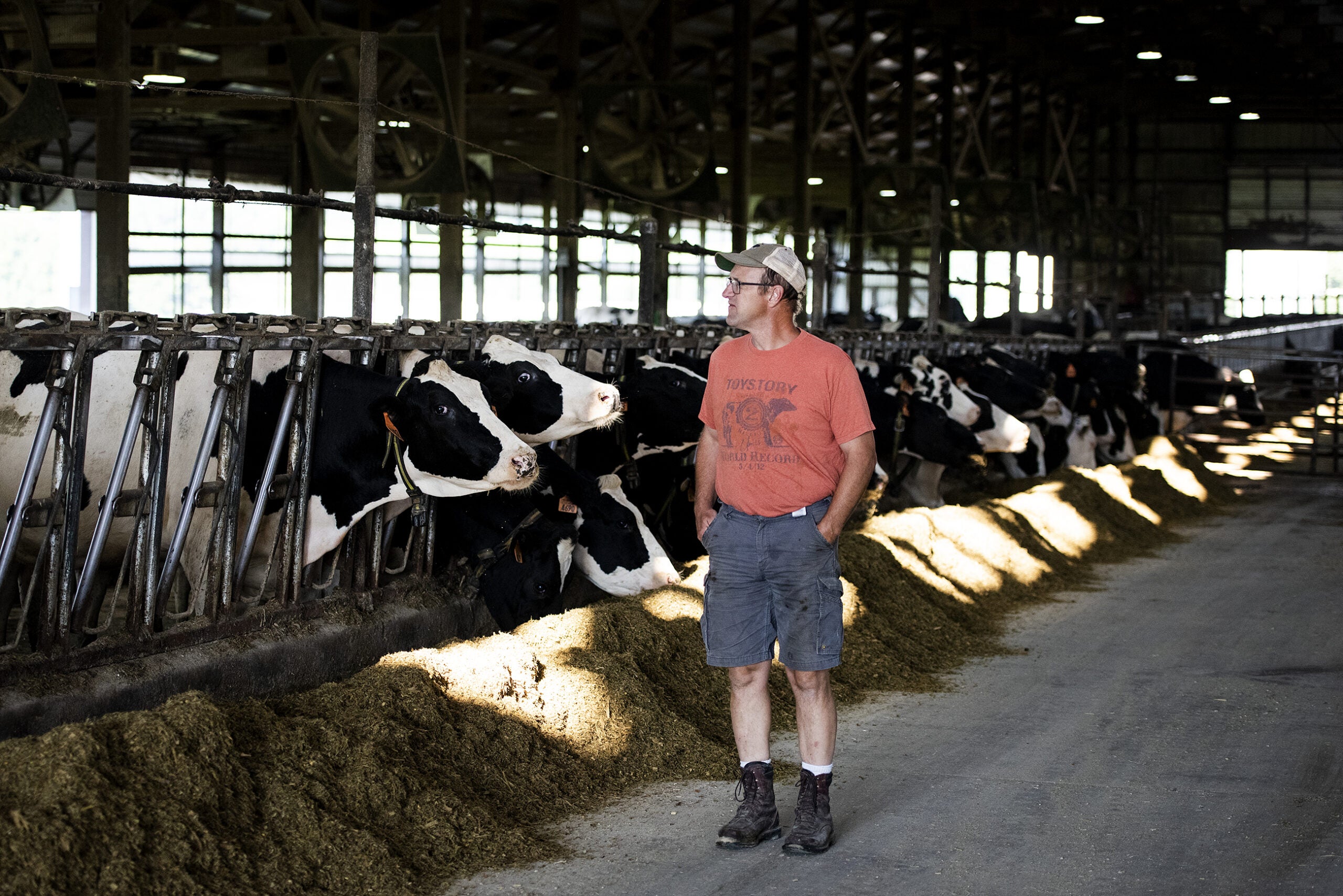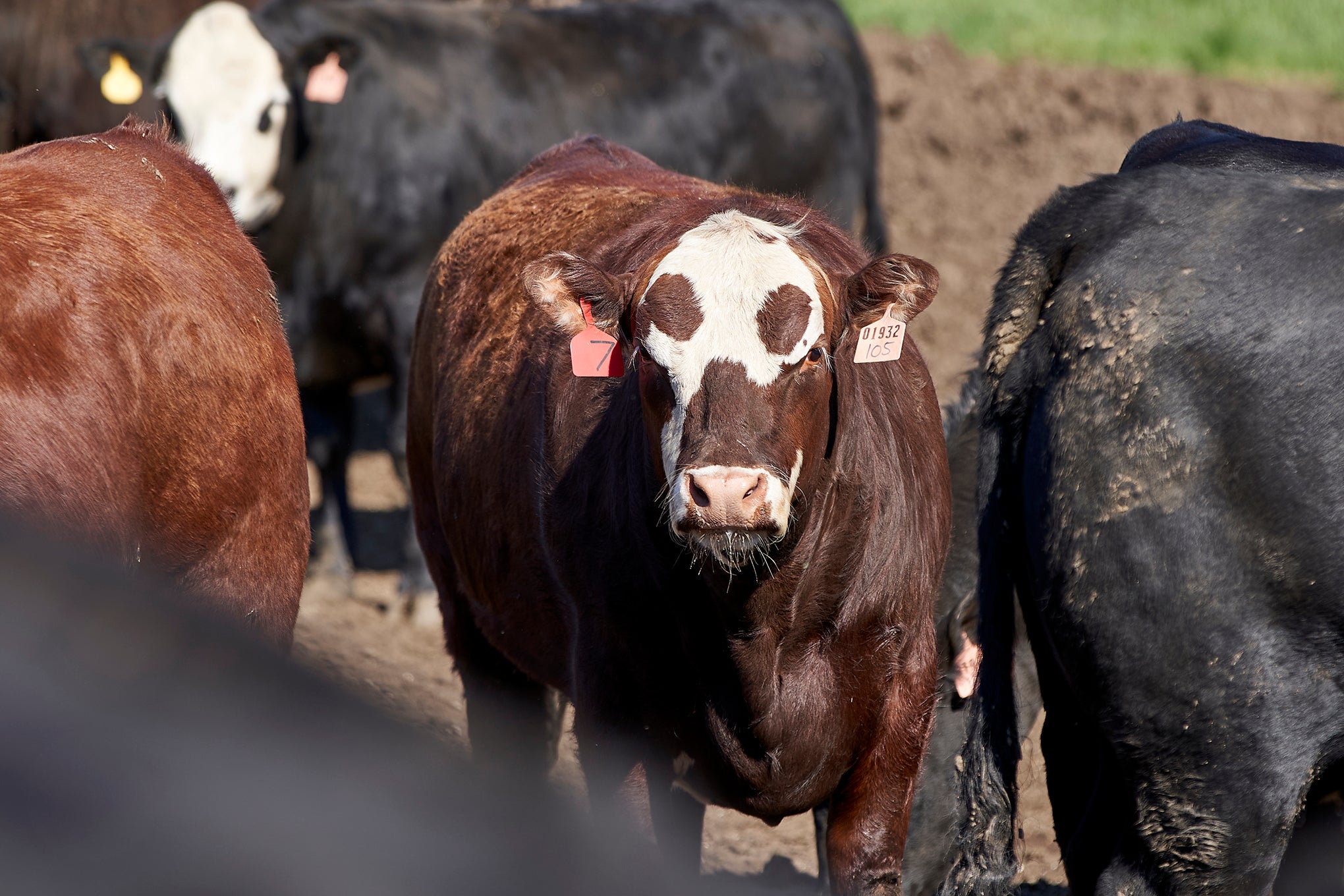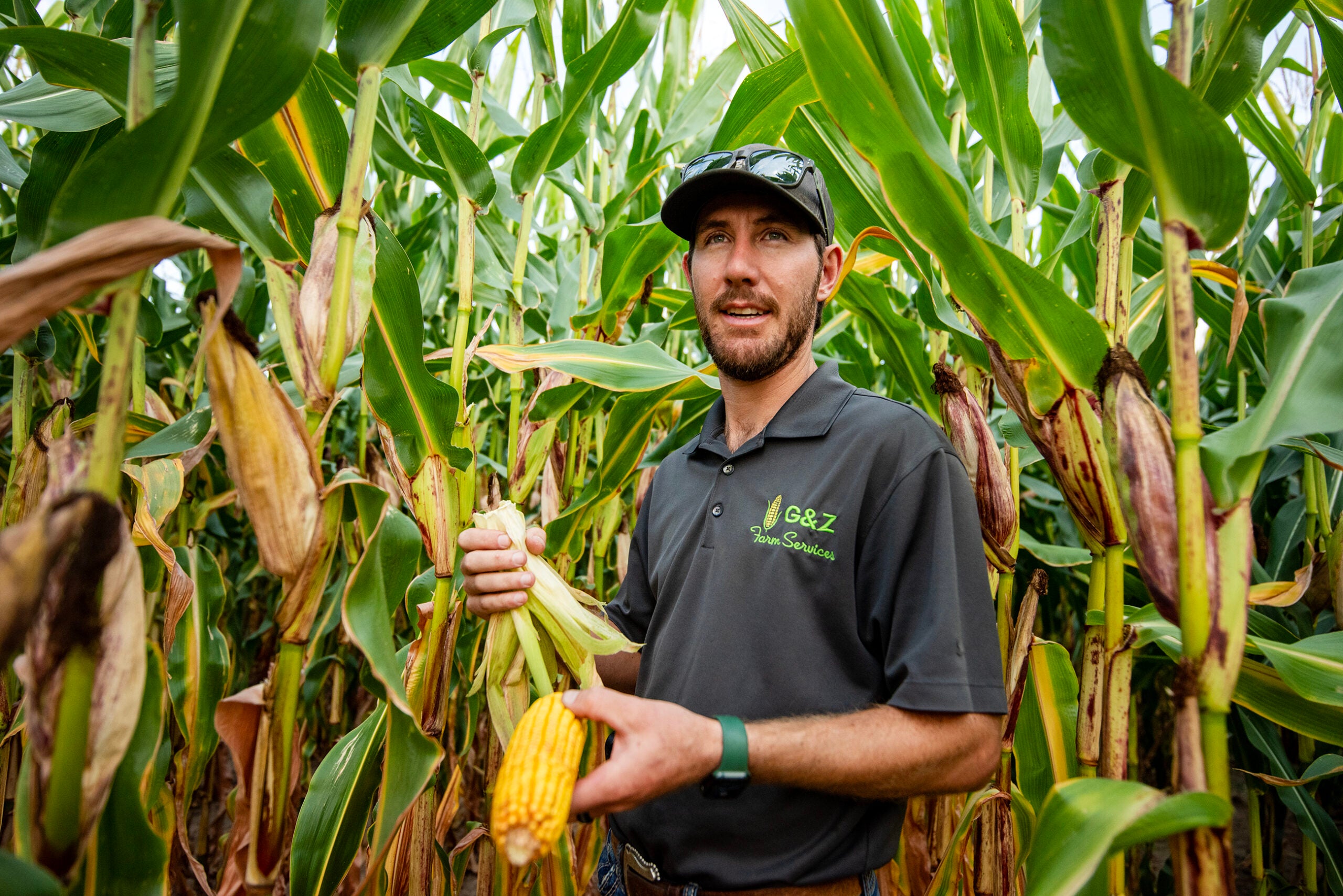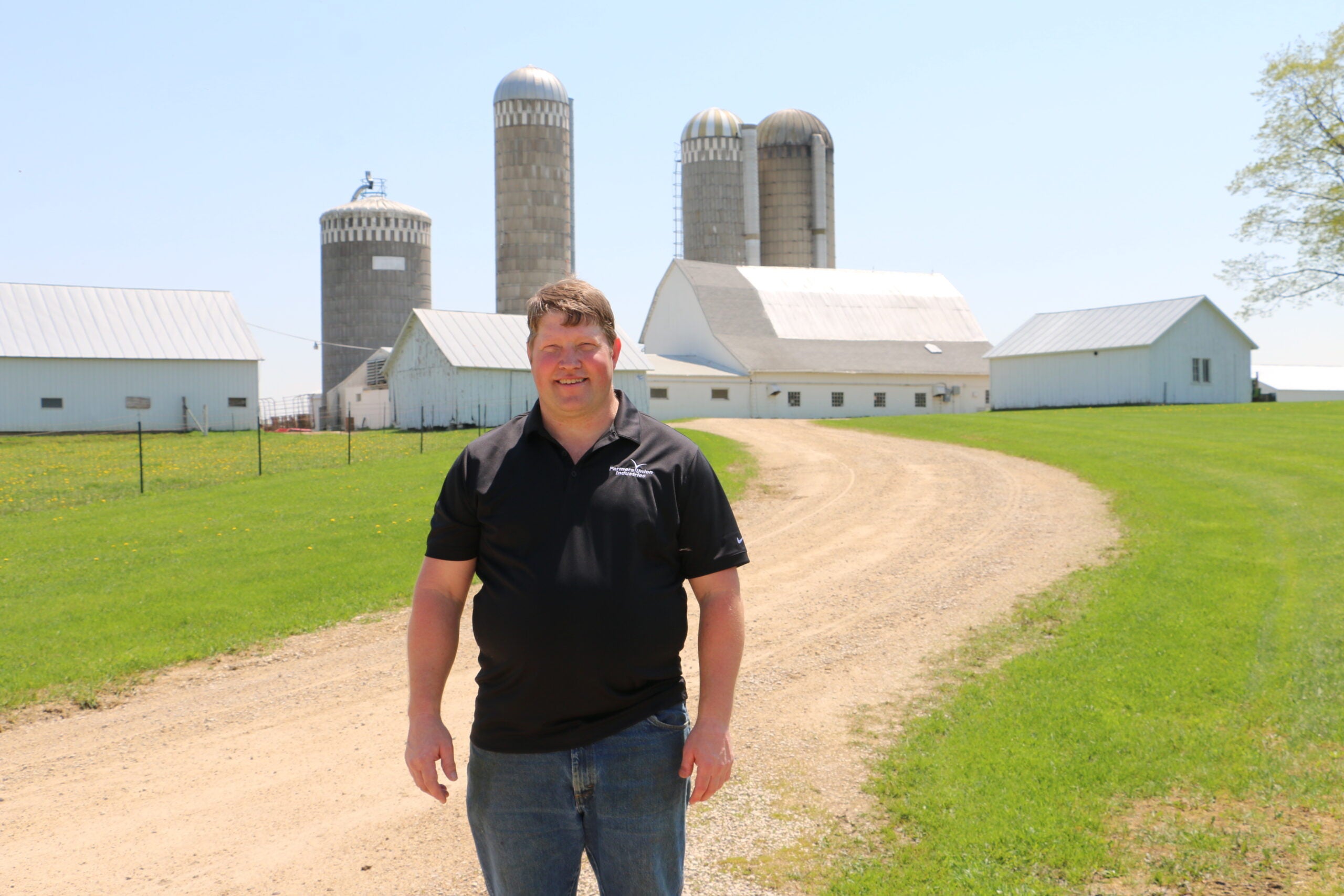There are plenty of indicators that farmers across the country are starting 2022 in a strong financial position, said Paul Mitchell, director of the Renk Agribusiness Institute at the University of Wisconsin-Madison.
Federal economists expect United States net farm income for 2021 to be almost 19 percent higher than the previous year, coming in at $116.8 billion in total for the year. That’s 24 percent higher than the average over the last 20 years.
Mitchell said much of the economic boost last year came from higher crop prices and the $27 billion paid out from federal programs and pandemic-related assistance.
News with a little more humanity
WPR’s “Wisconsin Today” newsletter keeps you connected to the state you love without feeling overwhelmed. No paywall. No agenda. No corporate filter.
But he warns that higher farm income overall doesn’t mean all producers had a profitable year — especially in Wisconsin where many farmers work in dairy.
“This last year was a good year for corn, for soybeans and for beef, hogs, (chickens), but it was another sort of average to lackluster year for the dairy industry,” Mitchell said. “That’s why I think the sort of rosy numbers at the national level don’t quite tell the full Wisconsin story.”
Mitchell points to Wisconsin’s continued claim as the state with the most farm bankruptcy filings. The state’s western court district alone reported 28 filings in the 12-month period ending Sept. 30, tying with Minnesota for the highest number during that period. Combined with filings in the eastern court district, Wisconsin had 36 farm bankruptcies in total.
Paul Swanson is an attorney in Oshkosh who represents farms in bankruptcy court. Chapter 12 bankruptcy was designed to allow farmers who are carrying too much debt to reorganize their business and potentially have some of their debt forgiven. Swanson said most farmers file with the hope of keeping their business going.
He said Chapter 12 bankruptcy filings were actually down last year compared to previous years. But Swanson said he still sees small- to medium-size dairy farms that are struggling.
“The people in the middle, who don’t quite have the economies of scale, that have to depend on labor and the rising price of labor and the difficulty in getting people to work, they’re going to obviously have to pay more money to get people in,” he said.
Darin Von Ruden, president of the Wisconsin Farmers Union, agrees high costs for labor, fertilizer and livestock feed diminished the impact of higher milk prices in 2021.
“Pretty much everything you have to buy to produce 100 pounds of milk were all up (in price). Corn and soybean prices were up, which certainly helps the grain farmers throughout the country, but that also increases the cost of producing milk,” said Von Ruden, who is also a dairy farmer. “Dairy farmers were caught in a catch-22: yes, they were receiving a better milk price, but they also had more expenses.”
Because the dairy industry struggled with low milk prices for years prior to the pandemic, Von Ruden said it’s not surprising to see farm bankruptcy filings continue.
“Hopefully most of those farms will be able to stay in business and reorganize to get things more profitable. But if we continue to see high input costs, they’re going to continue to struggle to pay bills,” Von Ruden said.
Looking at 2022, Mitchell said the high price of farmland should help struggling farmers to look more solvent to their lenders this year.
“Their debt-to-asset ratio is going to go down even though nothing changed on their farm in terms of the amount of debt. But the assets, the land, is worth roughly 10 percent more here in the last year,” he said.
But Mitchell cautioned farmers won’t have the same cash payments coming from the federal government that they’ve had the previous two years for COVID-19-related aid and commodity insurance.
“Farm income this year is going to have to come the traditional way, from growing things and selling it and there’s not going to be large payments from the farm bill programs,” Mitchell said.
Because of that decline, Mitchell said net farm income is forecast to decline in 2022 even with strong commodity prices. He said most of the ag industry is still cautiously optimistic about what the year will bring, while keeping an eye on potential disruptions from COVID-19 and international trade.
Editor’s Note: This story has been updated to clarify that the bankruptcies occurred over a 12-month period.
Wisconsin Public Radio, © Copyright 2026, Board of Regents of the University of Wisconsin System and Wisconsin Educational Communications Board.





